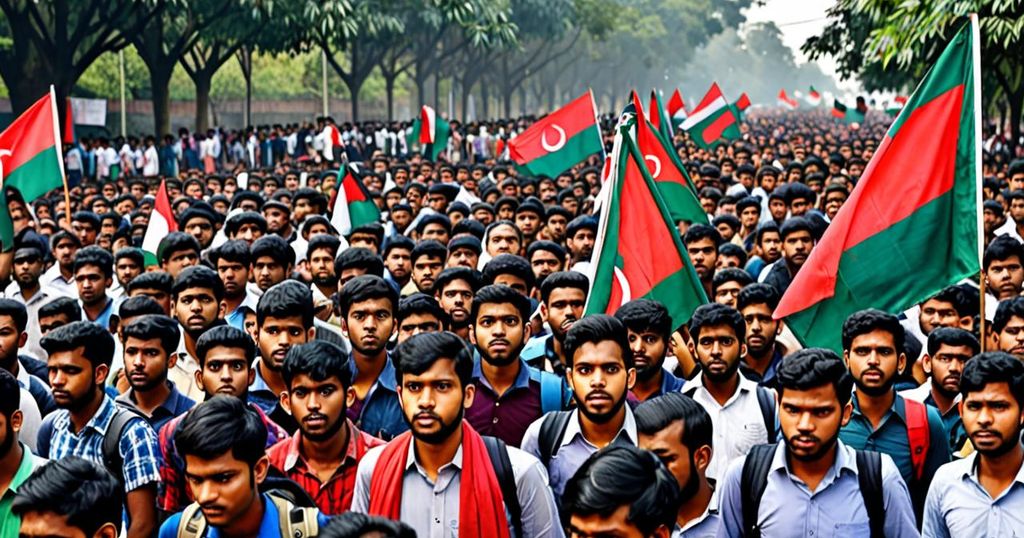The Undisclosed Forces Behind the Recent Protests in Bangladesh
A recent article from The Times of India has suggested that external forces may have played a role in the student-led protests in Bangladesh, ultimately leading to the resignation of Prime Minister Sheikh Hasina. The report indicates that Pakistan’s ISI and China are suspected of being behind the escalation of the protests, with the goal of replacing the current government with one that is aligned with their own interests.
According to the report, the student wing of Jamaat-e-Islami Bangladesh, known for its anti-India stance, has been implicated in fueling the protests and redirecting them towards overthrowing Hasina’s government. Specifically, the student wing Islami Chhatra Shibir (ICS) is allegedly aiming to establish a government that is friendly to Pakistan and China, ultimately turning Bangladesh into a base for anti-India terrorist groups.
The report also highlights the involvement of the ISI, Pakistan’s external intelligence agency, in supporting Jamaat-e-Islami. It suggests that the group received significant financial support earlier in the year to destabilize the Sheikh Hasina government, with a portion of this funding believed to have originated from Chinese entities operating in Pakistan. The ultimate goal, according to officials cited in the report, is to establish a Taliban-type government in Bangladesh, with the ISI providing support to achieve this objective.
In response to these developments, Bangladesh’s army chief is scheduled to meet with the leaders of the student protests as the country prepares for the formation of a new government following Hasina’s resignation. The student leaders have expressed their desire for Nobel laureate Mohammad Yunus to head Bangladesh’s interim government, stating that he has agreed to take on this responsibility.
The reported external influences on Bangladesh’s domestic affairs raise concerns about the country’s stability and future governance. The implications of these developments on the political landscape of Bangladesh and its relationship with neighboring countries remain to be seen.
In conclusion, the revelations in the report shed light on the complexity and potential volatility of the recent protests in Bangladesh. The involvement of external forces, particularly Pakistan’s ISI and China, adds an additional layer of complexity to the situation, with potential far-reaching implications for the country’s future.
Sources: The Times of India, Reuters, PTI
Published: 06 August 2024, 07:08 IST








Post Comment